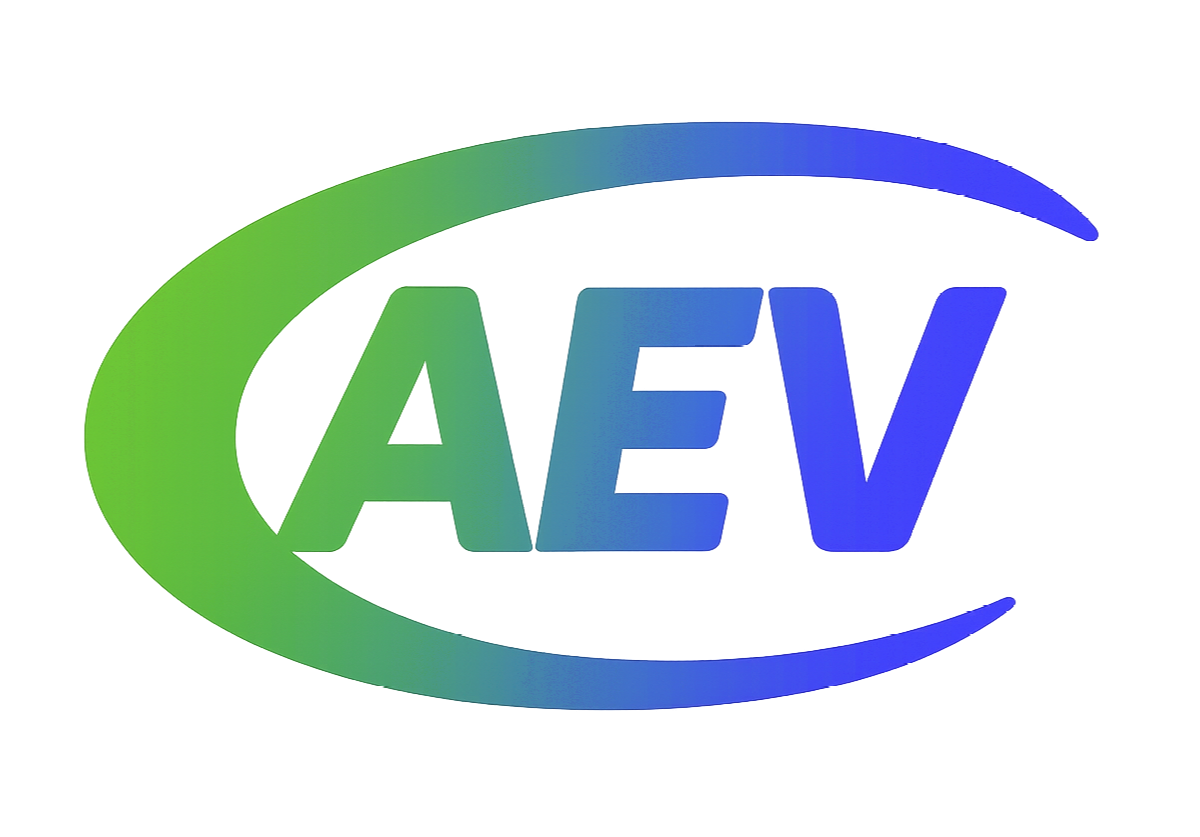How to evaluate the hazard of organic compounds in water?

There is a huge amount of various chemical substances in the environment. According to ‘The Guidance of Surface Water Conservation’ (approved by the USSR State Environmental Committee on February 21st, 1991) it is forbidden to discharge in water bodies recycled water containing substances or products of substance transformation in water for which MAC or AAC are not established, as well as substances for which there are no analytical control methods, with the exception of those substances that are contained in the water of a water body. Moreover, in the aquatic environment there can be a huge amount of organic and inorganic compounds, including priority ones, the contents of which are often not regulated by the established MAC values. In addition, in water compounds undergo all kinds of physicochemical and metabolic transformations, which results in the formation of more dangerous substances than the primary ones, and the secondary products have no MAC values in most cases. Moreover, in order to assess their hazard to humans or ecosystems it is necessary to carry out expensive and time-consuming experiments, for example, determining acute or chronic toxicity in mice and daphnia or other living objects, determining specific properties (carcinogenicity, mutagenicity, etc.), etc. It is understood that such an approach cannot be implemented for the entire variety of possible pollutants.
Therefore, we may also use information technologies to predict not only biological activity (and the probability of its display), but also some quantitative indicators of the substance toxicity (for example, bioaccumulation factor, median lethal concentration, and the concentration of half-maximum growth inhibition of some types of hydrobionts).
Apart from various databases and registers containing information on the properties of compounds, including toxic ones, (for example, the EPA Priority Pollutants List; Documents on a brief international chemical assessment; Information screening data network for large-volume chemical compounds (reagents); Comparative toxicogenomic database; Databank of hazardous substances, etc.) there are mathematical models to predict the biological activity (including toxic activity) of compounds, as well as some quantitative indicators of their hazard.
Currently, there are several publicly available web services based on descriptor analysis (the most promising computer method), where individual parts of a molecule are described in a formalized language with overlapping of these parts by the similarity of substance structures with unknown and known biological activity or with a combination of known compounds and a statistical assessment of similarity by describing the analyzed molecule and substances from the learning descriptor samples.
Comparison of the functionality of publicly available web services in relation to hazard assessment of organic xenobiotics has showed that the simplest, most comprehensible and effective web service is PASS Online which enables you to perform a primary qualitative analysis of the hazard of the substance.
In addition to the online version of the PASS program, there is also a licensed one which has more possibilities. The current version of the PASS 2014 computer program predicts 7157 activities based on data of 959801 compounds. The average prediction accuracy calculated by the exclusion method one at a time is 94.1%. The list of predicted PASS types of biological activity includes the main and side pharmacological effects, biochemical mechanisms of action, specific toxicity, undesirable targets, and effects associated with metabolism, transport, and effects on gene expression. You can add information about new activities and new compounds.
The biological activity is described in PASS qualitatively (“active” or “inactive”) in the form of the spectrum of activity of an organic compound — many different terms of the types of biological activity that describe the result of the interaction of a substance with various biological objects. The spectrum reflects the “internal” properties inherent in a given compound, depending only on its chemical structure. It is accepted in PASS that a substance does not possess those types of biological activity that are not indicated in its spectrum, although it is impossible to exclude situations where information about any property of a substance was not found in available sources, or it has some activity, but the substance has not been tested on it yet.
Methods based on the learning sample also make it possible to predict some quantitative characteristics of toxicity. For example, the GUSAR program can calculate the following ecotoxicological indicators — bioaccumulation factor, LD50 (median lethal concentration for daphnia and minnow), IGC50 (concentration of half-maximal growth inhibition) for Tetrachimena pirimiformis infusoria, and the acute toxicity index LD50 for rats (using different methods of injection). The chemical structure of a substance in GUSAR, as in the PASS program, is represented by the descriptors used in the PASS program and by biological activity descriptors which are based on the prediction results in the PASS program.
Thus, the entire algorithm to predict biological activity is represented in the Figure below.

|
* Serial analysis:
|
** Calculating biological activity:
|
Fig. Algorithm of Program to Estimate Biological Activity.
Query 1 – input characteristics: Chemical name of substance, commercial brand, structure, place and date of detecting, sample type, concentration, name of laboratory to conduct the analysis; MAC level for the substance as given by the laboratory.
Query 2 – to bring the data up on display/to print, to enter the information into the exit passport of the substance, to continue searching.
Query 3 — to bring the data up on display/to print, to enter the information into the exit passport of the substance, on calculating biological activity in PASS, on putting together and bringing up/printing exit passport.
Query 4 — to bring the data up on display/to print, to enter the information into the exit passport of the substance, on putting together and bringing up/printing exit passport.
Abbreviations: MAC and AAC – are maximum admissible and approximately admissible concentration, respectively; PTS – top priority toxic substances.
I. Barenboim G., Chiganova M., Poroikov V. Water monitoring: estimation of biological hazard of organic xenobiotics (methodological aspects) // Water: chemistry and ecology, №1, 2012, р. 3-12.
